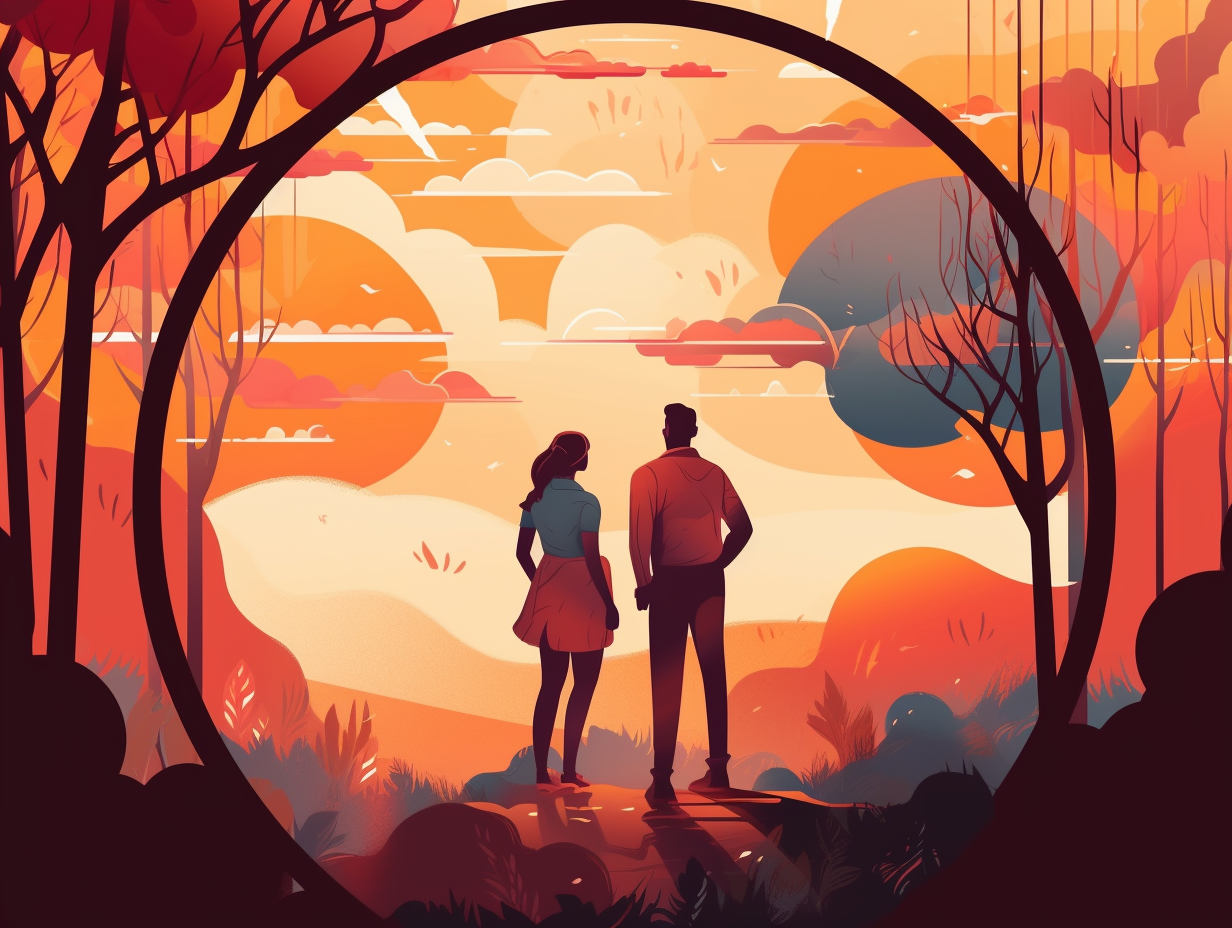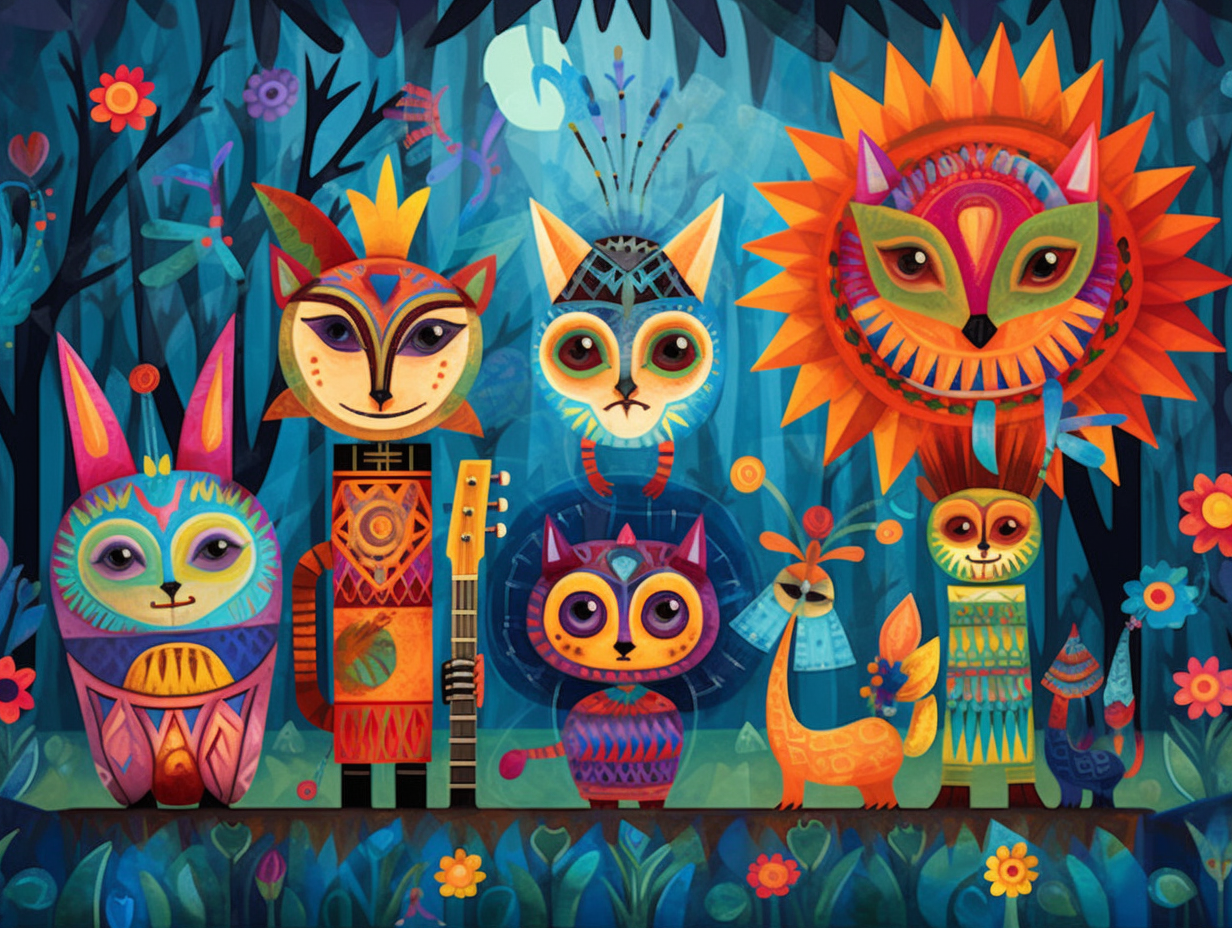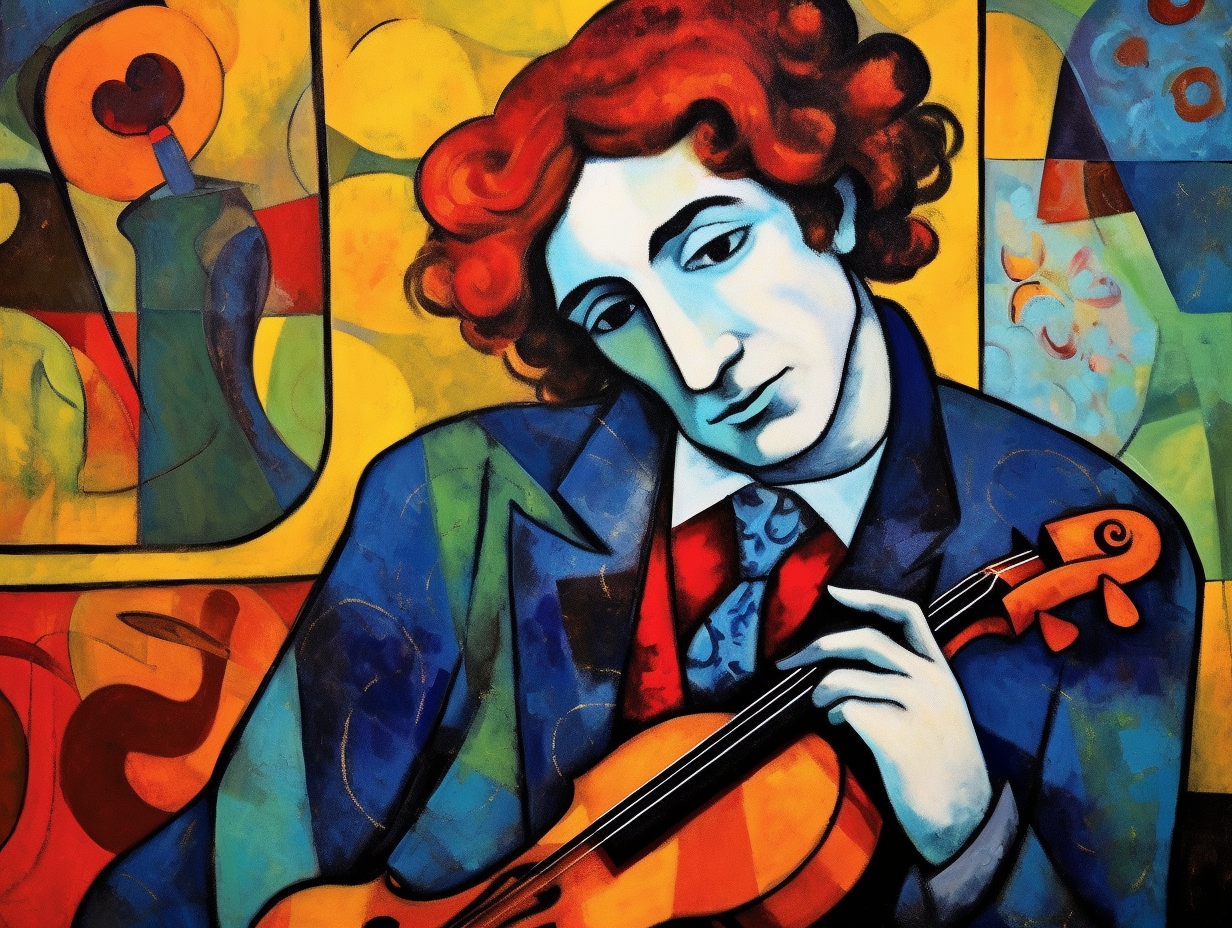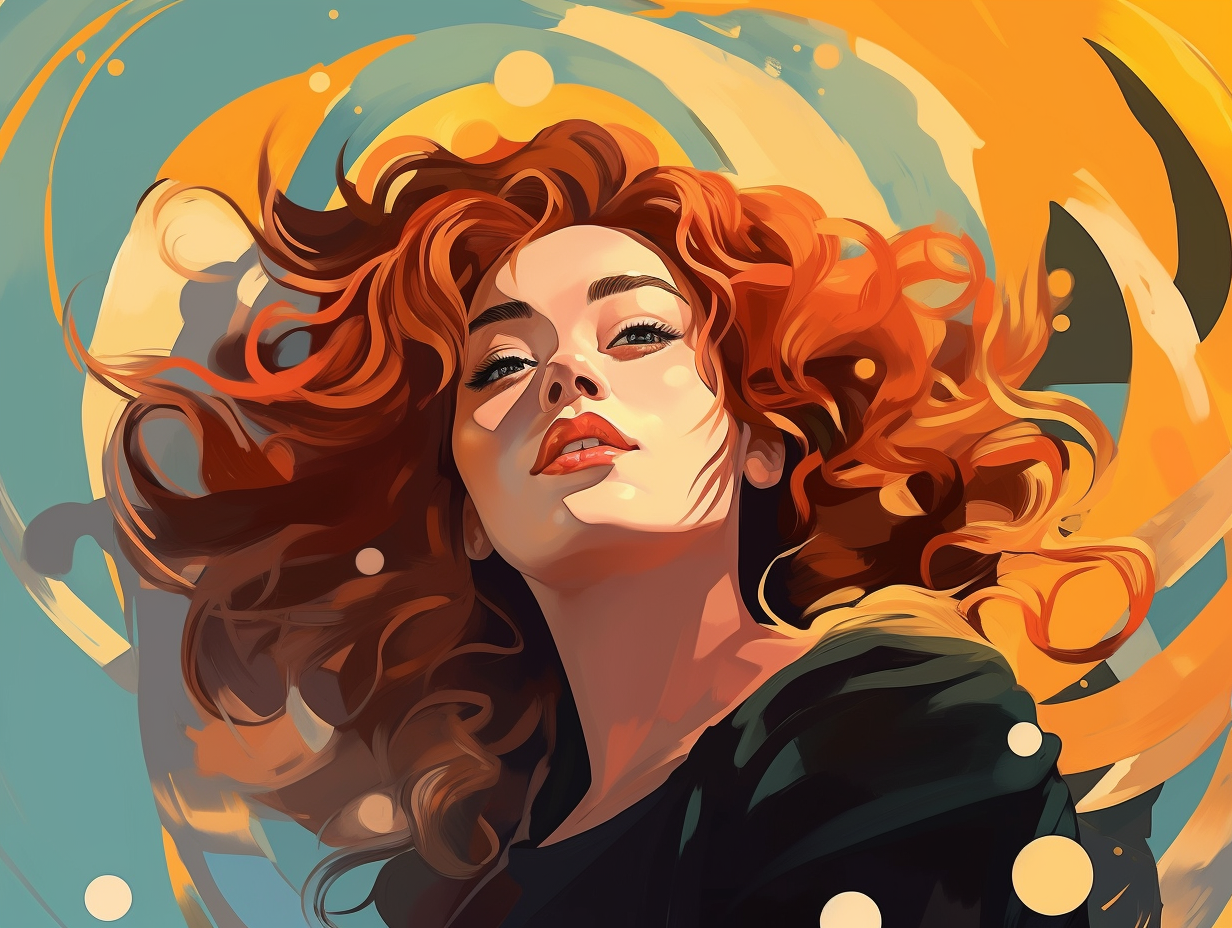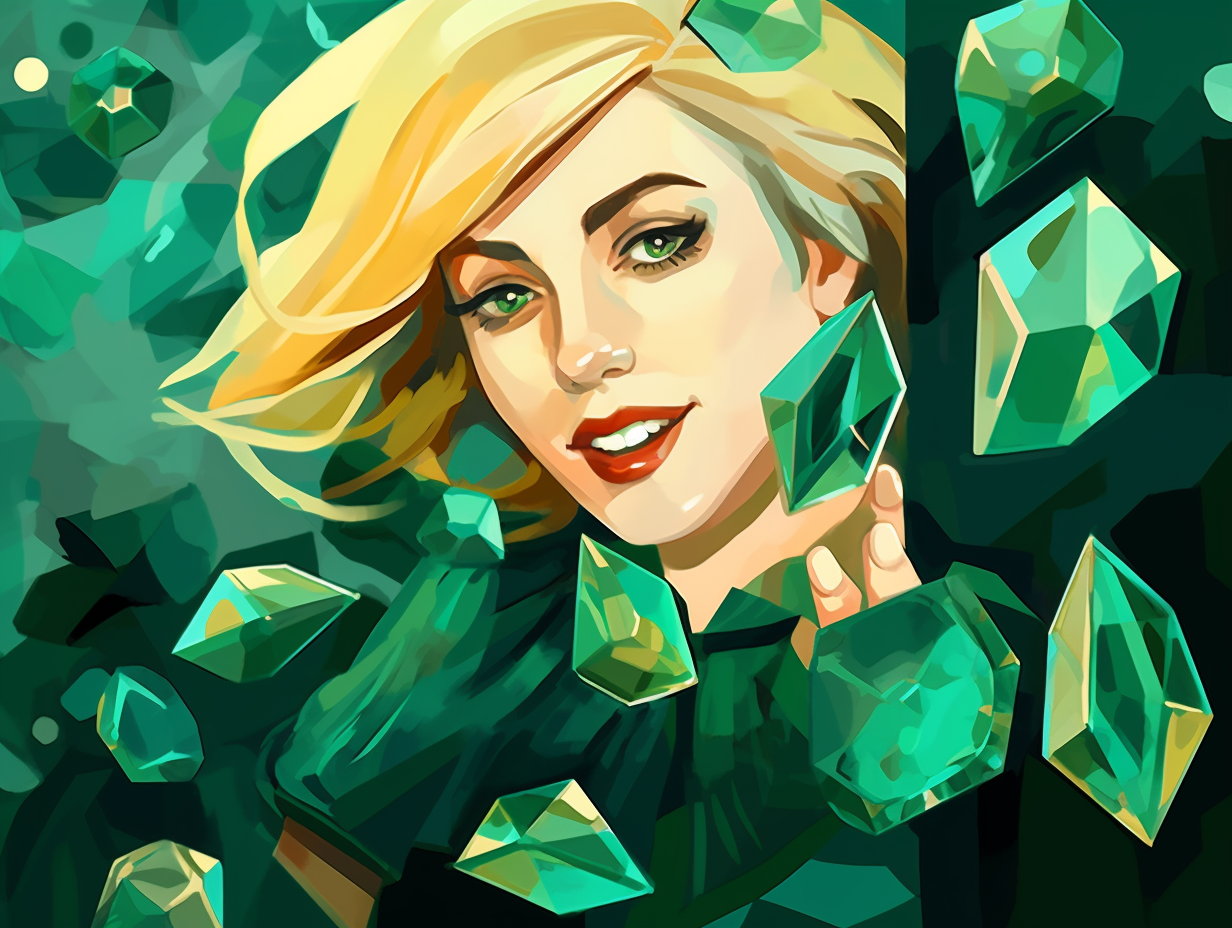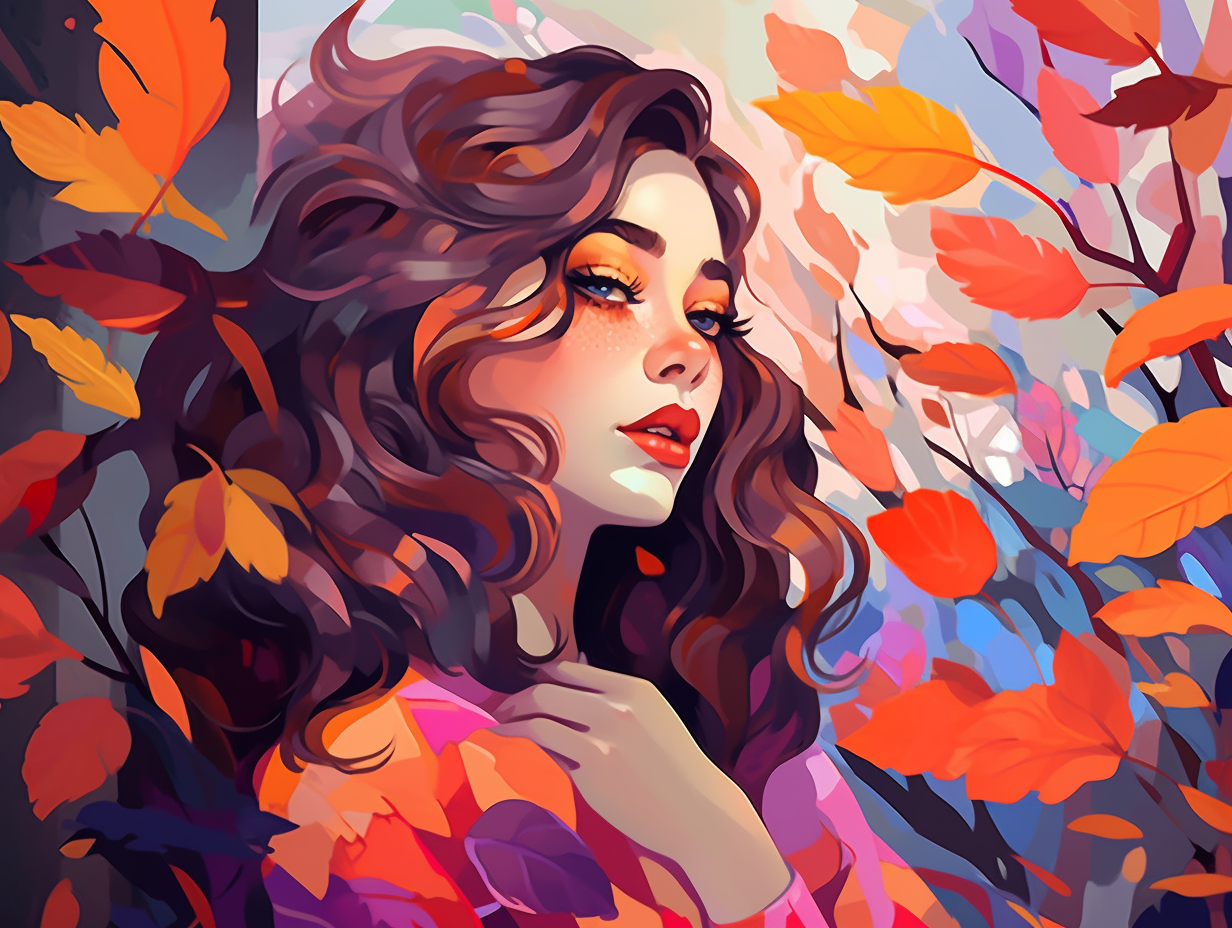Discover the Vibrant World of Pop Art: Top 13 Fun Facts You Never Knew!

1. Warhol's Soup Can Masterpiece
Andy Warhol must've been a soup-er fan of Campbell's: he just couldn't resist repeating his favorite flavor on his famous canvas collection! The serious reveal: In 1962, Warhol painted 31 unique canvases featuring Campbell's Soup Cans, accidentally including one duplicate, and arranged them to resemble a grocery aisle, with each canvas exhibiting a distinct flavor of the time.
Source => moma.org
2. Velvet Underground's Banana Flop
Bananas for sale, but no one's biting: Andy Warhol may have designed The Velvet Underground & Nico's peelable baroque-and-roll fruit cover, but he didn't twist the knobs in the actual production. Despite his managerial and financial support, the album only sold 30,000 copies in five years, like waiting for a banana to ripen, only for it to be hailed as an enduring masterpiece later.
Source => dailyartmagazine.com
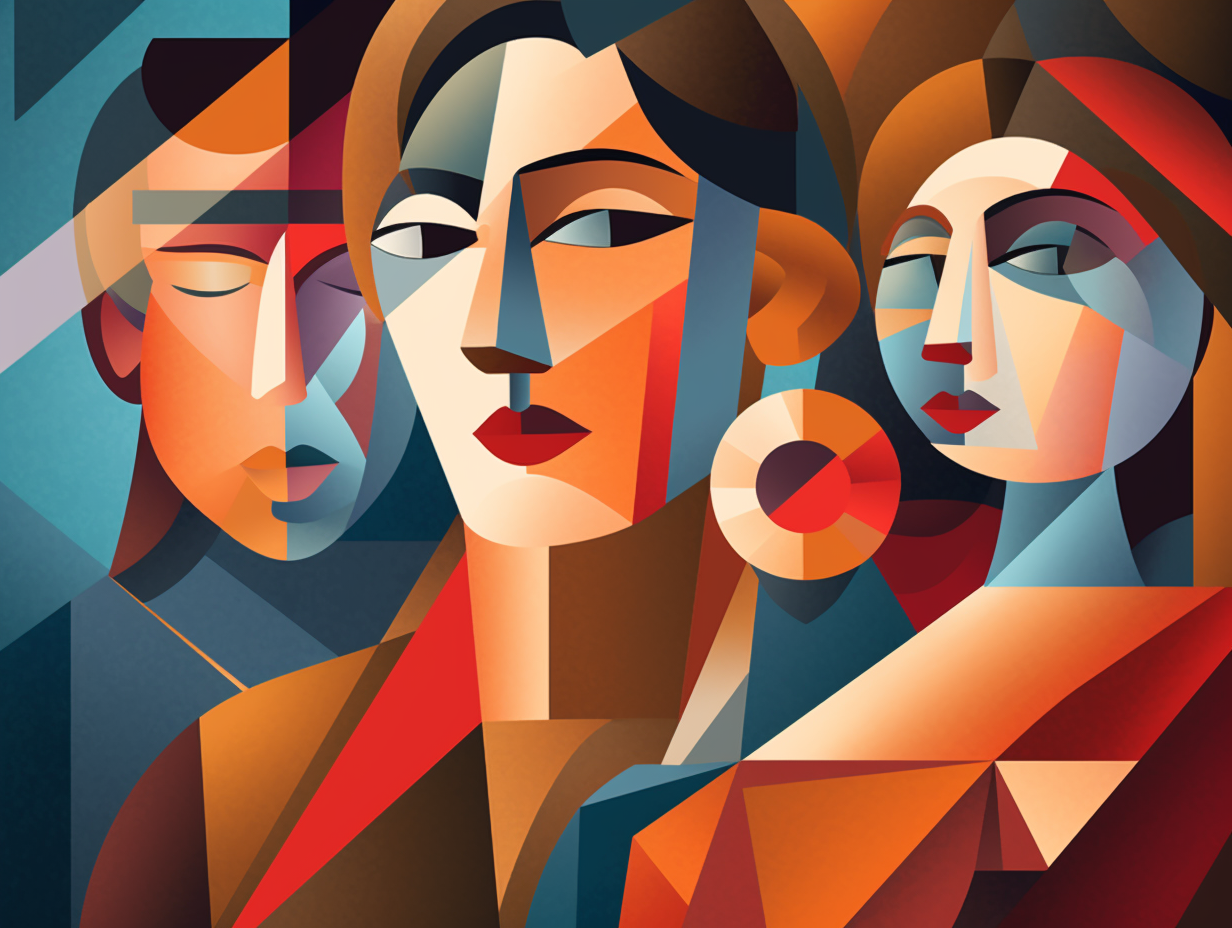
Discover how Cubism, a lovechild of Jenga and Picasso, revolutionized the art world and influenced music, literature, and architecture, all while competing with its sassy siblings, Futurism and Dada. 🎨🔲🎵
=> Fun Facts about Cubism
3. Warhol's Cake Factory Technique
Who says you can't have your cake and eat it too, especially if it's a whole factory à la Warhol? Feast your peepers on this palate-pleasing tidbit: Andy Warhol utilized silkscreen printing techniques to create strikingly similar yet uniquely different versions of iconic images, blurring the lines between one-of-a-kind masterpieces and mass production.
Source => webexhibits.org
4. Lichtenstein's Artistic Mashup
When Roy Lichtenstein wasn't busy adding "thought bubbles" to masterpieces like Picasso, Monet, and Matisse, he was surely marveling at their craft and scheming a grand artistic mashup: Lichtenstein drew inspiration from comic book frames and the works of these famous artists, creating his own unique interpretations of their iconic pieces, such as his take on Monet's Rouen Cathedral series.
Source => npr.org

5. Paolozzi's Cheeky Collage Combos
Who knew that mashed-up magazines and war-time postcards could pave the way for iconic Coca-Cola prints? Behold, the witty wizardry of pop-art pioneer Eduardo Paolozzi: often considered the founder of British pop art, Paolozzi was known for his innovative and experimental use of materials like concrete and cheeky collage combinations. He playfully combined "trashy" magazine cut-outs with war-time postcards and American ads, predating the rise of American pop art royalty like Roy Lichtenstein and highlighting the gap between the American dream and post-war Britain's reality.
Source => economist.com
6. Warhol's Soup-er Celebration
Can't decide between tomato, chicken noodle, or clam chowder? Neither could Andy Warhol when he craved his 15 minutes of soup-er stardom: His iconic "Campbell's Soup Cans" artwork consists of 32 canvases, each one depicting a different flavor of soup, not as a critique on consumer culture but as a celebration of everyday objects and the mass production techniques employed in their creation.
Source => massmediandculture.com
7. Pop Art's True British Roots
Drumroll, please, as we debunk a long-standing misconception: Pop Art didn't spring to life from Uncle Sam's endearing melon! Nay, it was, in fact, birthed across the pond in 1950s Britain by intrepid artists like Richard Hamilton and Eduardo Paolozzi. The Independent Group – a conglomerate of artists, architects, and critics – were the true nurturers, and Hamilton's cheeky collage "Just What Is It That Makes Today's Homes So Different, So Appealing?" became the godfather of this quirky movement. Only later did our Yankee friends – Warhol, Lichtenstein, et al. – bring this technicolor tornado to the global stage.
Source => theartstory.org
8. Indiana's Heavyweight LOVE
When love came knocking, it weighed 3,800 pounds: Robert Indiana's iconic LOVE sculpture, made of red and blue aluminum, was the first in a series inspired by his use of "love" in visual art, leading to countless replicas and global appearances – even showing some Hebrew love in Jerusalem.
Source => scottsdalepublicart.org
9. Johns & Rauschenberg's Mundane Vibes
When Jasper Johns and Robert Rauschenberg weren't busy starting the biggest revolution since The Beatles, they were crafting some pretty groundbreaking art out of pure mundane vibes: The dynamic duo were key figures in the 1950s Pop Art movement that flipped the script on Abstract Expressionism, showcasing everyday objects in their masterpieces and challenging the idea that artists had to be visionaries.
Source => fineartmultiple.com

10. Pop Art's Capitalist Conundrum
While Campbell's soup cans were seeing their 15 minutes of fame and Brillo boxes moonlighted as centerpieces, Pop Art was cooking up a revolution in the art world: This movement rejected the traditional focus on artistic expertise and incorporated everyday mass-produced images to challenge capitalist conformity, blurring the lines between art and advertising, while raising questions about celebrating or criticizing the post-war culture of excess.
Source => smarthistory.org
11. Business Meets Pleasure in Pop Art
Whoever said you should never mix business with pleasure clearly never met Pop Art: This eclectic movement, according to British art critic Laurence Alloway, stylishly blurred the lines between fine art and popular culture, drawing inspiration from movies, advertising, graphics, product design, and fashion in order to create timeless masterpieces.
Source => artforum.com
12. Pop Art's Cheeky Photobomber Effect
Pop art: the visual equivalent of a cheeky photobomber who sneaks into a photo, steals the limelight, and leaves everyone secretly wishing they were friends with them. The serious reveal: Pop artists like Roy Lichtenstein create eye-catching works by remixing everyday objects and images from popular culture, making them look almost identical to their original sources, but with vibrant colors and dramatic contrasts.
Source => roylichtenstein.com
13. Warhol's Cat Out of the Bag
In a purr-fect twist of fate, Andy Warhol let the cat out of the bag, quite literally: The pop art icon was not only an avid cat enthusiast, but even published a typo-infused book titled "25 Cats Name Sam and One Blue Pussy," featuring delightful feline lithographs and forever immortalizing his furry companions in the artistic world.
Source => thegreatcat.org
Related Fun Facts


